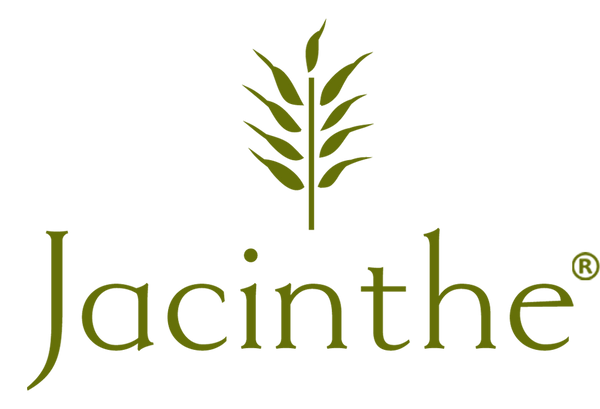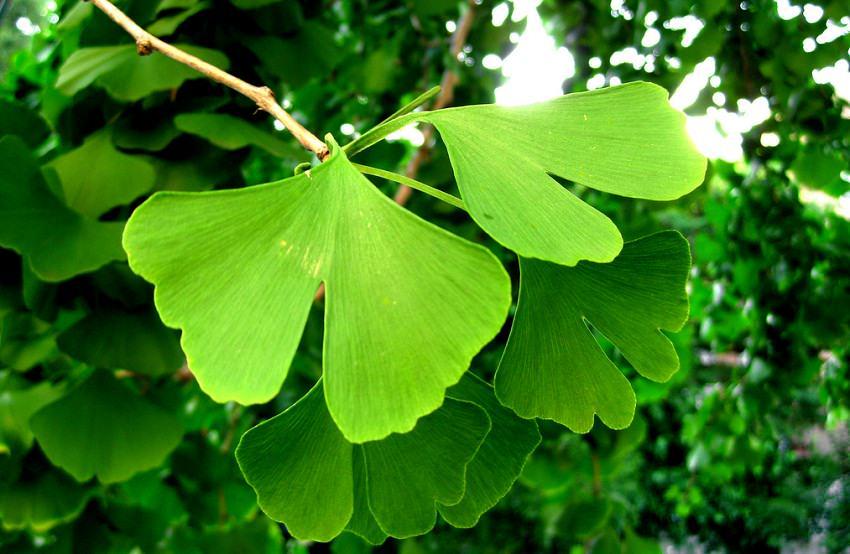Did you know that Ginkgo fossils that date back to more than 200 million years have been found? It is also worth noting that it is the only tree that survived the1945 atomic bombing in Hiroshima. The atomic bomb cost the life of over 150,000 people and destroyed both the biological and man-made landscape. The land was left barren, but Ginkgo trees survived and are still in Hiroshima today and have shown to have the ability to withstand pollution, toxicity and environmental change; this makes Gingko the oldest and most persistent tree in the world, as Peter Crane explains, Director of Yale’s School of Forestry and Environmental Studies (see Betuel 2018).
Traditional Uses
The Ancient Chinese medicinal writings document the use of Ginkgo biloba since 5000 years. The earliest applications were to treat issues such as asthma, age-related memory loss, headache, chilblains, and trauma with severe edema-related consequences. Currently, ginkgo leaf extracts, are available mainly in oral administrations (teas, tinctures and capsules) and are amongst the most often prescribed plant-drug in Asia.
Cosmetic Properties
Why does Jacinthe use Ginkgo Biloba in her products you may ask? Scientific studies have shown that the use of Gingko extract can provide the following benefits. It can:
- Act as an antioxidant
- Provide anti-inflammatory action
- Improve blood flow; and
- Stimulate cell regeneration
Let’s briefly look at each one of these with supporting evidence from studies.
- Act as an Antioxidant
Ginkgo contains the antioxidant compounds flavonoids (see Tiedtke et al. 2006). In vitro studies indicate that Ginkgo Biloba actually inhibits the formation of the radicals hydroxyl (by 65%) and Adriamycin (by 50%) and has also illustrated antioxidant activity against superoxide anion, nitric oxide and diphenyl-picrylhydrazyl. Other studies conducted with healthy volunteers who made use of gingko extract showed that it is more effective than β-carotene and vitamin E in reducing UV-induced oxidative stress in epidermal cells (see Alonso 2004).
- Provide Anti-inflammatory Activity
Studies have also shown that ginkgo extracts also provide anti-inflammatory activity as a result of the presence of flavonoids and terpenes in ginkgo leaves. Studies have shown that ginkgetin, which is a biflavone present in Ginkgo leaves offers potent antiarthritic activity in rats as well as offers analgesic activity (see Kwak et al. 2002). Cheon et al. (2000) also investigated the inhibitory activity of ginkgetin and bilobetin (another chemical compound found in leaves) on nitric oxide (NO) production in lipopolysaccharide-induced macrophage cell lines (RAW 264.7). NO is known to play an important role in inflammatory disorders. The results showed that bilobetin and ginkgetin inhibited the NO production from lipopolysaccharide-induced RAW 264.7 cells at concentrations higher than 10 μM. Additionally, Houghton 1994 illustrated that ginkgolides reduce allergic reactions and general inflammatory responses.
- Improve Blood Flow
In a study, Dr Willmar Schwabe wanted to examine how flavonoid glycosides can improve blood flow to the brain. He standardized a ginkgo leaf extract in which 24% flavonoid glycosides were quantified. This extract illustrated to indeed improve blood flow to the brain on the basis of its antioxidant activity, its inhibitory activity of platelet activating factor (PAF) and hemorrheologic activity. It should be noted that PAF and free radicals erode blood vessel membranes and increase permeability that leads to the impairment of blood flow to the brain. In this study the flavonoids found in Ginkgo were observed to act as free radical scavengers (see Haiyan et al. 2014).
In another study conducted by Morales Segura et al. (2000) where endothelial cells were studied. Endothelial cells make up a cell layer that lines all blood vessels and regulates all exchanges between the bloodstream and the surrounding tissues. The measurement of circulating endothelial cells in blood tests can indicate certain medical conditions that a patient might have, as these are regarded as an indicatory of vascular endothelium damage. This study indicates that ginkgo reduces the number of circulating endothelial cells, particularly by 14.5% after a 4 week treatment as opposed to the placebo group that averaged to 8.4%. This makes ginkgo extract particularly useful in treating varicose veins (Morales Segura et al. 2000) and other cosmetic products that stimulate blood circulation.
- Stimulate Cell Regeneration
By stimulate blood circulation actions our organism is also encouraged to build and regenerate new cell growth in case of skin-related issues. Oxygenated blood flows to broken or damaged skin (as is the case of acne breakouts, minor skin rashes or damage) which encourages overall cell repair. In one study Kim (1997) evaluated in vitro the stimulating effects of ginkgo extracts on the production of normal human skin fibroblasts measured by MTT assay and direct hemocytometer cell count. An increased production of collagen and extra-cellular fibronectin was observed by radioisotope incorporated collagen assay, procollagen type I C-peptide assay and by immunoturbidimetric assay. These findings suggest that ginkgo extract should be used in the formulation of cosmetic products that target wound-healing and cell regeneration.
References:
Alonso, J. (2004) Tratado de Fitofármacos y Nutracéuticos. Buenos Aires: Isis Ediciones SRL
Betuel, E. (2018) 73 Years Later, the ‘A-Bomb’ Ginkgo Trees Still Grow in Hiroshima. Accessed on 21 August 2019 from https://www.inverse.com/article/47833-hiroshima-gingko-trees-atomic-bomb
Cheon B.S, Kim, Y.H, Son, K.S, Chang, H.W, Kang, S.S, Kim, H.P. (2000) Effects of Prenylated Flavonoids and Biflavonoids on Lipopolysaccharide-Induced Nitric Oxide Production from the Mouse Macrophage Cell Line RAW 264.7. Planta Med, Vol. 66: 596-600.
Haiyan X. Jing-Rong W., Lee-Fong Y., Yong L., Liang L., Quan-Bin H., Zhongzhen Z.,* and Zhi-Hong J. (2014) Quantitative Analysis of the Flavonoid Glycosides and Terpene Trilactones in the Extract of Ginkgo biloba and Evaluation of Their Inhibitory Activity towards Fibril Formation of β-Amyloid Peptide. Molecules Vol. 19, 4466-4478. Accessed on 21 August 2019 from https://pdfs.semanticscholar.org/4958/11346e8c64073a04bdb247a0edb70e089bd4.pdf
Houghton P. (1994) Ginkgo. The Farmaceutical Journal, Vol. 253 (23): 122-123.
Kim S.J. (1997) Effects of Flavonoids of Ginkgo bilova on Proliferation of Human Skin Fibroblast. Skin Pharmacol, Vol. 10: 200-205.
Kwak W.J, Han, C.K, Son, K.H, Chang, H.W, Kang, S.S, Park B.K, Kim H.P. (2002) Effects of Ginkgetin from Gingko biloba leaves on Cyclooxygenases and In Vivo Skin Inflammation. Planta med, Vol 68: 316-321.
Morales Segura M.A, Bustamante Delgado S., Gallardo Torres R. (2000) Aplicaciones clínicas del extracto de la hoja de Ginkgo biloba. Revista de Fitoterapia, Vol. 1 (2): 95-105.
Tiedtke J, Lueder M, Marks O, Junge I. (2006) Radical Scavenger Effects of Ginkgo biloba in in-vitro Studies. SÖFWJournal, Vol. 132 (1/2): 2-6

